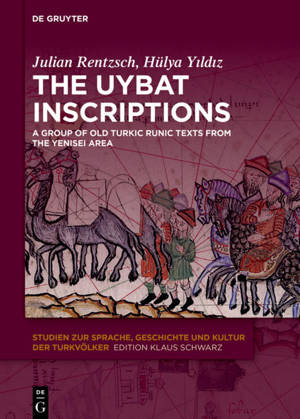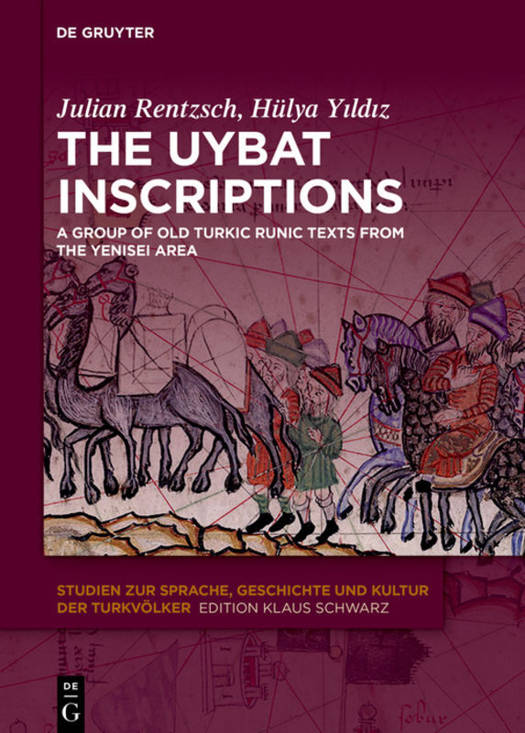
- Afhalen na 1 uur in een winkel met voorraad
- Gratis thuislevering in België vanaf € 30
- Ruim aanbod met 7 miljoen producten
- Afhalen na 1 uur in een winkel met voorraad
- Gratis thuislevering in België vanaf € 30
- Ruim aanbod met 7 miljoen producten
Zoeken
The Uybat Inscriptions
A Group of Old Turkic Runic Texts from the Yenisei Area
Julian Rentzsch, Hülya Yıldız
€ 169,45
+ 338 punten
Omschrijving
The Old Turkic Yenisei Inscriptions have been significantly less thoroughly investigated than the famous Orkhon Inscriptions, and many paleographical, grammatical, and lexical aspects are still insufficiently examined. This book is the first monograph study of eight inscriptions found near the Uybat River in Khakassia, seven of which are engraved in stone, one in the bottom of a silver vessel. Although all but one of the inscriptions have been the object of research, many problems regarding the glyphs and their reading are unsolved. The present study collects and compares all relevant information available on the Uybat Inscriptions and provides a thorough, revised analysis of the texts. Every inscription is presented in transliteration, transcription and translation, with detailed metadata, exhaustive information on the glyph inventory, and a comprehensive critical apparatus. The book also contains a glossary of all identifiable lexemes and a morphology index. Drawings, photographs and facsimiles are given in the appendix. The study contributes to our understanding of the language, script, and culture of the Old Turkic civilization in the Yenisei area and can serve as a model for further studies on individual inscription groups.
Specificaties
Betrokkenen
- Auteur(s):
- Uitgeverij:
Inhoud
- Aantal bladzijden:
- 154
- Taal:
- Engels
- Reeks:
- Reeksnummer:
- nr. 30
Eigenschappen
- Productcode (EAN):
- 9783110674484
- Verschijningsdatum:
- 8/06/2020
- Uitvoering:
- Hardcover
- Formaat:
- Genaaid
- Afmetingen:
- 170 mm x 244 mm
- Gewicht:
- 453 g

Alleen bij Standaard Boekhandel
+ 338 punten op je klantenkaart van Standaard Boekhandel
Beoordelingen
We publiceren alleen reviews die voldoen aan de voorwaarden voor reviews. Bekijk onze voorwaarden voor reviews.








